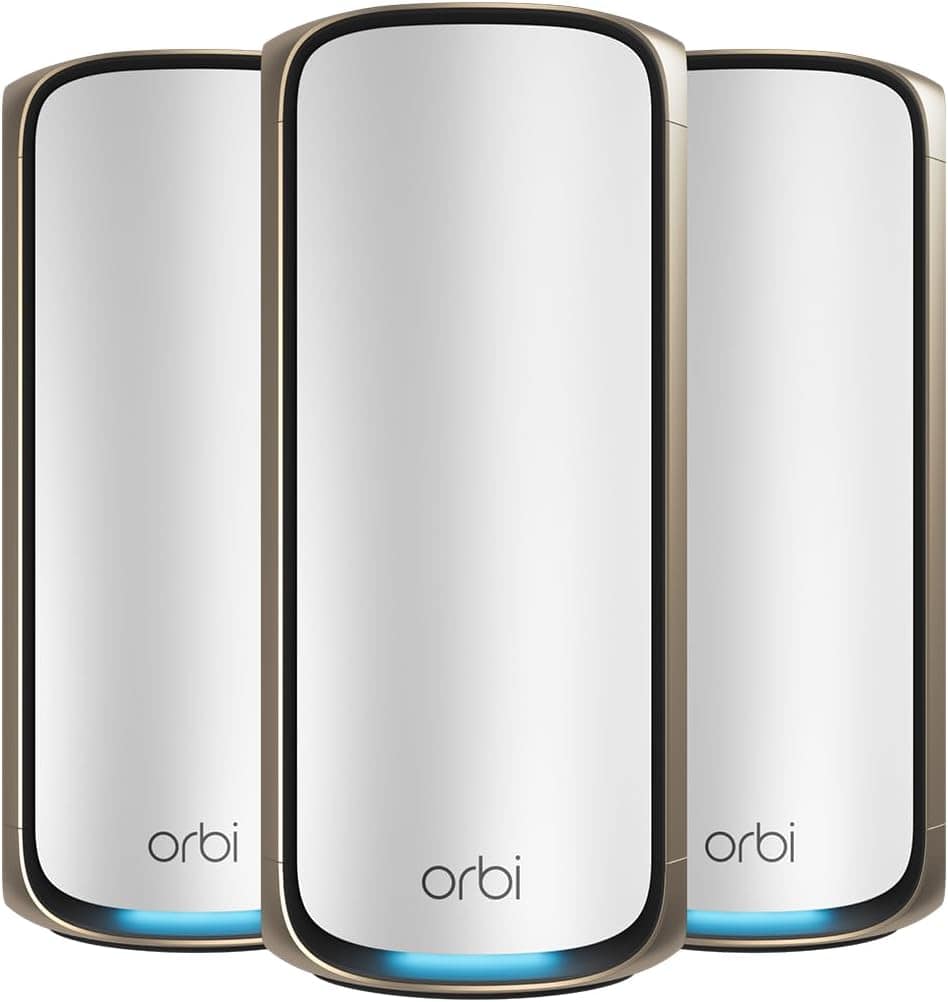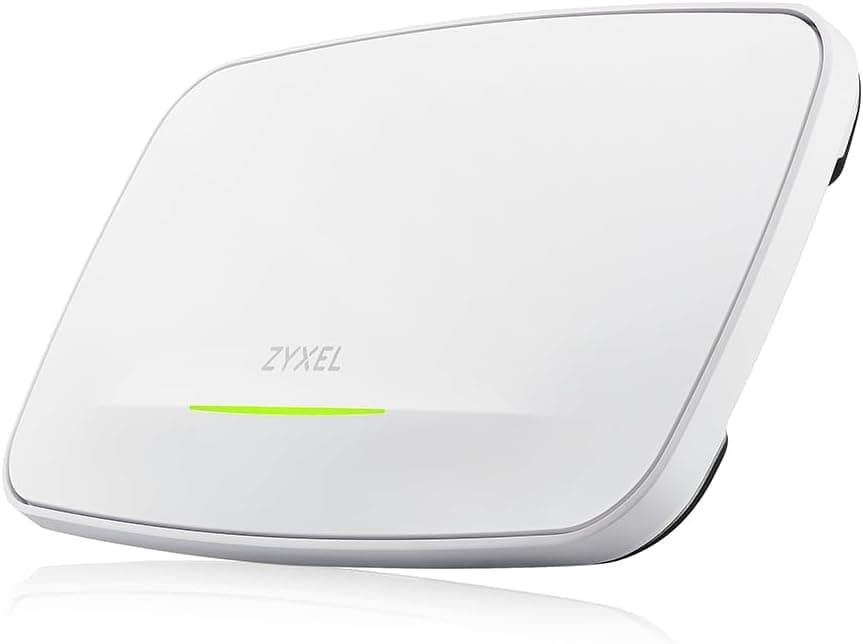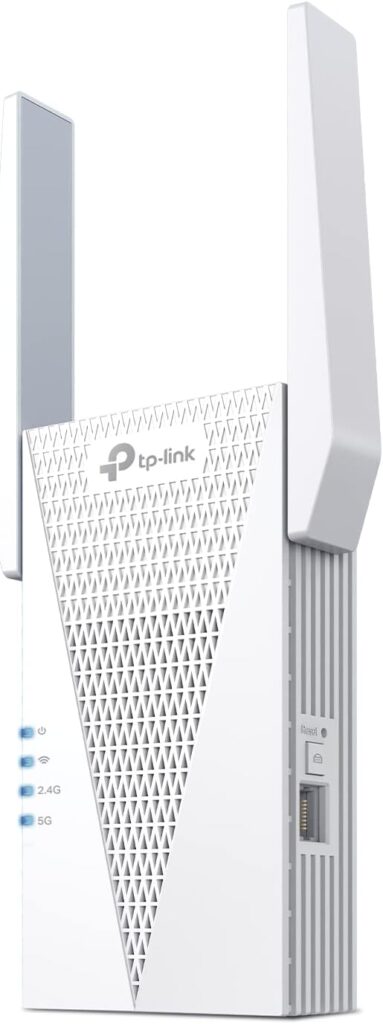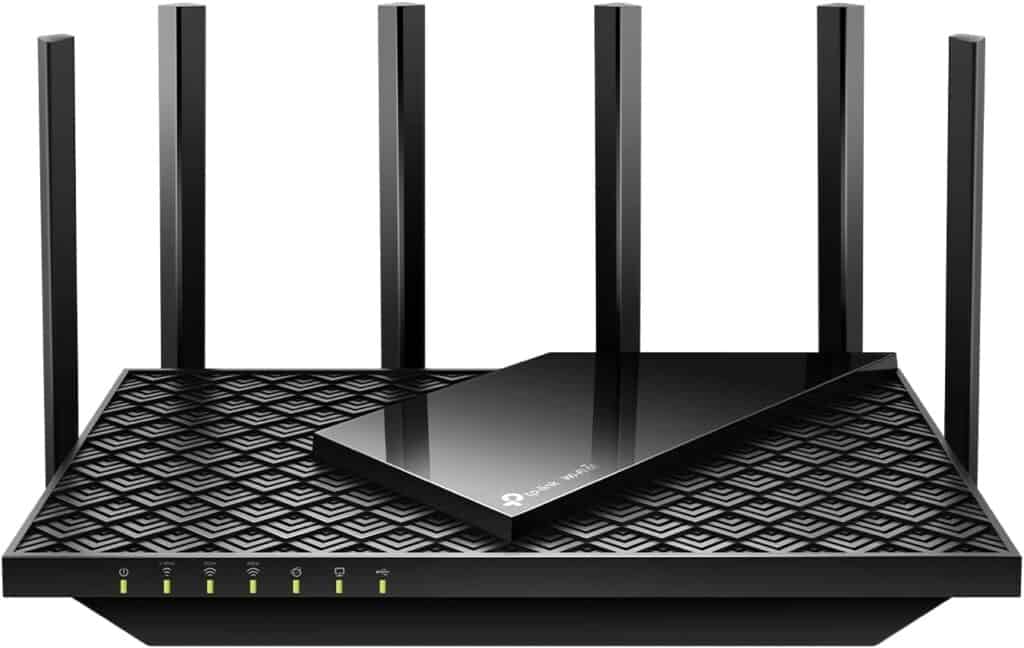
5 Best Wireless Routers For Penetrating Walls (Concrete & Brick Walls)
Last Updated on May 14, 2025 by Dan
Thick concrete and brick walls can cripple Wi-Fi signals, leading to dead zones and frustratingly slow speeds. To get reliable coverage in these challenging environments, you need a router with strong signal strength, advanced antenna design, and the latest wireless technology. Here are the five best wireless routers for penetrating walls, including both high-end and budget-friendly options.

Solutions for Projecting Wi-Fi Signal Through Concrete and Brick Walls
Thick concrete and brick walls are notorious for weakening or blocking Wi-Fi signals, leading to dead zones and unreliable connections. However, several practical solutions can help you achieve strong, consistent Wi-Fi coverage throughout your building-even in challenging environments.
1. Mesh Wi-Fi Systems
Mesh Wi-Fi systems use multiple interconnected nodes placed throughout your building to blanket the entire area with a strong wireless signal. Each node communicates with the others, allowing the network to route around obstacles like concrete or brick walls. This approach is generally more effective than relying on a single router, as it reduces the distance the signal must travel through dense materials and ensures more consistent coverage.
Pros:
- Seamless roaming and single network name
- Nodes can be strategically placed to avoid thickest barriers
- Modern systems (like Wi-Fi 6 or Wi-Fi 7 mesh) offer high speeds and reliability
Cons:
- Can be more expensive than basic extenders
- May not provide maximum speed for gaming due to shared backhaul
Recommended Product: Netgear Orbi RBE973 (Wi-Fi 7)
- Why: The Orbi RBE973 is recognized as the best overall mesh Wi-Fi system for 2025, offering Wi-Fi 7 speeds, excellent wall penetration, and expansive coverage for large homes with thick walls. Its multi-node setup ensures seamless coverage even through concrete and brick.
- Key Features: Wi-Fi 7, multi-gig ports, robust signal strength, easy setup, and reliable coverage for dead zones.
2. Wired Access Points
Running Ethernet cables through or around the building to set up additional wireless access points is the most reliable way to ensure strong Wi-Fi in every room. Each access point creates a new source of Wi-Fi, bypassing the need for the signal to penetrate multiple thick walls.
Pros:
- Delivers maximum speed and reliability
- Not affected by wall thickness once the cable is run
Cons:
- Requires installation of Ethernet cables, which can be labor-intensive
- May not be feasible in all buildings
Recommended Product: Zyxel BE22000 Wi-Fi 7 Access Point
- Why: The Zyxel BE22000 is a powerful Wi-Fi 7 access point that delivers excellent coverage and can be ceiling- or wall-mounted for optimal placement. It’s ideal for running Ethernet to strategic locations, then broadcasting strong Wi-Fi signals in hard-to-reach areas.
- Key Features: Wi-Fi 7, 10Gbps PoE++ port, excellent coverage, local and cloud management, and versatile mounting options.
3. Powerline and MoCA Adapters
Powerline adapters use your building’s electrical wiring to transmit network data, while MoCA adapters use coaxial cables. Both allow you to create a wired connection between your router and a remote access point or Wi-Fi extender, even through thick walls.
Pros:
- No need to run new cables if suitable wiring is already in place
- Can deliver strong, stable connections to distant rooms
Cons:
- Performance depends on the quality and layout of your home’s wiring
- May be less effective in older buildings with outdated wiring
Recommended Product: TP-Link AV2000 Powerline Adapter
- Why: The TP-Link AV2000 is praised for its fast speeds (up to 2000Mbps) and stable performance, making it a great choice for extending your network through thick walls using your building’s electrical wiring.
- Key Features: Plug-and-play setup, dual Ethernet ports, power-saving mode, and reliable coverage even in multi-story or brick buildings.
4. Wi-Fi Extenders/Repeaters
Wi-Fi extenders or repeaters can help boost signal to hard-to-reach areas, but their effectiveness is limited by the strength of the signal they receive from the main router. For best results, place the extender as close as possible to the area where the signal starts to weaken, but not so far that it loses the connection with the main router.
Pros:
- Affordable and easy to set up
- Can improve coverage in small to medium spaces
Cons:
- Signal and speed are reduced with each “hop”
- Less effective if signal is already very weak through thick walls
Recommended Product: TP-Link RE715X Wi-Fi 6 Extender
- Why: The TP-Link RE715X is rated as the best overall Wi-Fi extender for 2025, with strong performance and Wi-Fi 6 support. It’s effective at boosting signal through walls and filling in dead zones where the main router can’t reach.
- Key Features: Wi-Fi 6, 3,000Mbps throughput, OneMesh compatibility, easy installation, and solid wall penetration for a plug-in extender.
5. Router Placement and Upgrading Hardware
- Move Your Router: Place your router in a central, open location to minimize the number and thickness of walls the signal must pass through.
- Upgrade to a Powerful Router: Routers with multiple external antennas, beam forming, and support for the latest Wi-Fi standards (Wi-Fi 6/7) can better penetrate obstacles and provide stronger signals.
Recommended Product: TP-Link Archer AXE5400
- Why: The TP-Link Archer AXE5400 is a high-powered, long-range router with multiple external antennas and Wi-Fi 6 support. Its strong signal and advanced beamforming make it a top choice for maximizing coverage and penetrating walls in larger homes.
- Key Features: Tri-band Wi-Fi 6, 11,000Mbps max throughput, excellent antenna design, robust coverage, and user-friendly management.
Key Tips for Success
- Use 2.4GHz Band: The 2.4GHz Wi-Fi band penetrates walls better than 5GHz or 6GHz, though it offers lower speeds4.
- Strategic Node Placement: For mesh or extender setups, avoid placing nodes or extenders directly behind thick walls. Instead, stagger them in open areas near the wall to maximize coverage.
- Consider Wired Backhaul: If possible, connect mesh nodes or access points using Ethernet or MoCA for the best performance through dense materials.
Summary Table
| Solution | Effectiveness Through Walls | Installation Difficulty | Best For | Recommendation |
|---|---|---|---|---|
| Mesh Wi-Fi System | High | Moderate | Whole-home seamless coverage | Netgear Orbi RBE973 (Wi-Fi 7) |
| Wired Access Points | Very High | High | Maximum speed, reliability | Zyxel BE22000 Wi-Fi 7 Access Point |
| Powerline/MoCA Adapters | Moderate-High | Low-Moderate | No new cables, stable connection | TP-Link AV2000 Powerline Adapter |
| Wi-Fi Extenders/Repeaters | Moderate | Low | Budget boost for small spaces | TP-Link RE715X Wi-Fi 6 Extender |
| Router Placement/Upgrade | Moderate | Low | Improving existing setup | TP-Link Archer AXE5400 |





